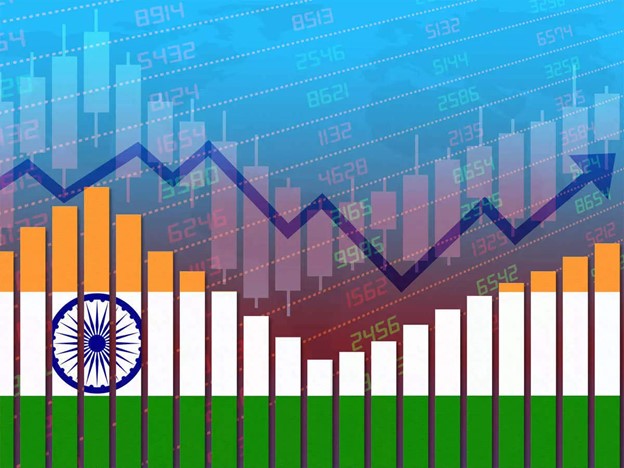Recent GDP data reveals a sobering outlook for India’s economy. Between July and September, growth fell to a seven-quarter low of 5.4%, well below the Reserve Bank of India’s (RBI) forecast of 7%. While this pace remains strong compared to developed economies, it signals a noticeable slowdown for the world’s fastest-growing major economy.
Contributing Factors to the Slowdown
As per the sources of Leaders, economists attribute the deceleration to several key issues: weakening consumer demand, sluggish private investment, and reduced government spending. India’s export performance remains a concern, with its share of global goods exports stagnating at just 2% in 2023.
Fast-moving consumer goods (FMCG) companies report lackluster sales, while salary cuts in urban sectors hint at shrinking wages. Even the once-optimistic RBI has revised its growth forecast for 2024-25 to 6.6%.
Economist Rajeshwari Sengupta notes that the slowdown has been brewing for some time, driven by a significant demand problem.

Government’s Perspective
Finance Minister Nirmala Sitharaman paints a brighter picture, attributing the decline to reduced government spending during an election-focused quarter. She expects stronger growth in the upcoming quarter and maintains that India will remain a global growth leader.
Yet challenges persist, including stagnant wages, global demand pressures, and climate disruptions impacting agriculture. October’s inflation surged to 6.2%, driven by food prices, with vegetables like tomatoes and onions seeing price hikes above 40%.
The Role of Monetary Policy
According to the reports of Leaders sources, critics argue that the RBI’s focus on curbing inflation through high interest rates has stifled growth. Expensive borrowing has discouraged business investment and dampened consumption, crucial drivers of economic expansion. Despite record-high retail credit and rising unsecured loans, urban demand is softening, while rural demand benefits from a good monsoon season.
Outgoing RBI Governor Shaktikanta Das remains optimistic, stating that India’s growth story is intact and the balance between inflation and growth is well-managed.
Diverging Economies: Old vs. New
India’s economy appears to be on a “two-speed trajectory.” The old economy, encompassing agriculture, small industries, and traditional sectors, lags behind due to unmet reform needs. Meanwhile, the new economy, fueled by services exports and global capability centers (GCCs), has shown robust growth in recent years. However, this momentum is now slowing as GCC-driven urban consumption fades.
Challenges in Trade and Investment
India’s rising tariffs, now averaging 17% compared to 5% in 2013-14, hinder global trade competitiveness. High tariffs make Indian goods more expensive, limiting export growth. Additionally, the RBI’s attempts to stabilize the rupee by selling dollars tighten liquidity, potentially further slowing growth.
The Road Ahead
To break the vicious cycle of weak demand and low investment, structural reforms are essential. Experts suggest measures such as reducing tariffs, attracting export-driven investments, and boosting wages through government programs. Without strong private investment and job creation, it will be challenging to sustain growth and raise incomes.
Despite the challenges, the government remains optimistic. Banks are stable, forex reserves are robust, and extreme poverty has declined. Chief Economic Adviser V. Anantha Nageswaran cautions against over-interpreting the recent GDP data, emphasizing that India’s underlying growth potential remains strong.
A Long Road to Fulfillment
India’s ambitions for sustained high growth are undeniable, but tangible steps to realize this vision remain critical. Economist Sengupta aptly summarizes the sentiment: “The headlines talk of India’s age and decade – I’m still waiting for that to materialize.”









